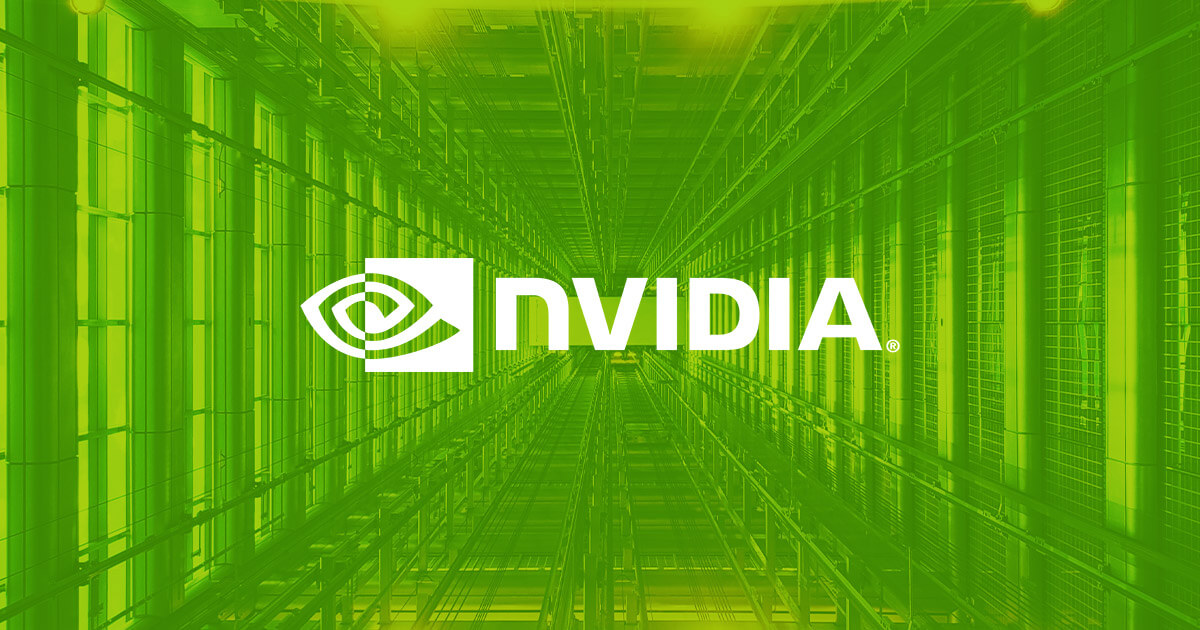Nvidia: Shifting Investment Strategies Amid AI Dominance
08.07.2024 10:00 1 min. read Alexander Stefanov
Nvidia, renowned for its AI chips, saw its market capitalization exceed $3 trillion in the second quarter, reflecting the robust confidence Wall Street places in artificial intelligence.
The company’s stock soared 37% over the past three months and has more than doubled this year, climbing 148%.
Critics question whether Nvidia’s meteoric rise could be a bubble. At $3 trillion, its value surpasses Sweden’s national net worth and nearly matches Africa’s 2023 GDP. This valuation equates to over $100 million per employee at Nvidia, highlighting its dominance in the sector.
Investment strategies have been polarized around Nvidia. Funds like ProFunds Semiconductor UltraSector, leveraging Nvidia exposure by 150%, have thrived, with gains of 31% last quarter. However, skeptics, like T. Rowe Price Capital Appreciation, have started reducing positions, citing risks to Nvidia’s profit margins from heightened competition.
While Nvidia’s performance has buoyed Large Growth funds, delivering a 4.9% average quarterly return, caution persists about sustainability. Some, like Vanguard Primecap, recently reopened to investors, emphasizing diversification beyond Nvidia for long-term stability in growth investing.
In a market driven by AI ambitions, investors must navigate Nvidia’s soaring stock with care, mindful of broader economic shifts and sector-specific challenges that could impact its trajectory.
-
1
Economic Instability and Political Shift Fueling Bitcoin’s Rise – Galaxy Digital CEO
23.05.2025 12:00 2 min. read -
2
Trump Renews Attack on Fed Chair, Calls for Immediate Rate Cuts
18.05.2025 8:00 1 min. read -
3
Japan’s Inflation Hits 3.5% as Food Prices Soar and Tariff Risks Loom
23.05.2025 21:00 1 min. read -
4
US Dollar Dominance Under Threat Amid Yuan’s Global Ambitions
22.05.2025 14:00 2 min. read -
5
Wall Street Analyst Sees Bright Side of Ballooning U.S. Debt
30.05.2025 8:00 2 min. read
Tariffs Threaten to Stall U.S. Growth in 2025, Recovery Not Expected Until 2026
The U.S. economy may be closer to a downturn than many realize, according to Jay Bryson, chief economist at Wells Fargo.
Dollar Faces Deep Decline as Fed Cuts Pressure Currency, Warns Morgan Stanley
Morgan Stanley has issued a cautionary outlook on the U.S. dollar, predicting a major decline over the coming year as Federal Reserve rate cuts take hold.
Trillions in Debt Payments Could Break U.S. Economy, Ray Dalio Predicts
Legendary investor Ray Dalio has issued a stark warning about the trajectory of U.S. government finances, suggesting the country is drifting toward a series of severe economic shocks unless its debt spiral is urgently addressed.
Wall Street Veteran Warns Tariffs Could Disrupt AI-Driven Market Rally
Steve Eisman, the famed investor known for forecasting the 2008 housing collapse, is sounding the alarm—not on overvalued tech stocks or interest rates, but on the escalating risk of global trade disputes.
-
1
Economic Instability and Political Shift Fueling Bitcoin’s Rise – Galaxy Digital CEO
23.05.2025 12:00 2 min. read -
2
Trump Renews Attack on Fed Chair, Calls for Immediate Rate Cuts
18.05.2025 8:00 1 min. read -
3
Japan’s Inflation Hits 3.5% as Food Prices Soar and Tariff Risks Loom
23.05.2025 21:00 1 min. read -
4
US Dollar Dominance Under Threat Amid Yuan’s Global Ambitions
22.05.2025 14:00 2 min. read -
5
Wall Street Analyst Sees Bright Side of Ballooning U.S. Debt
30.05.2025 8:00 2 min. read


